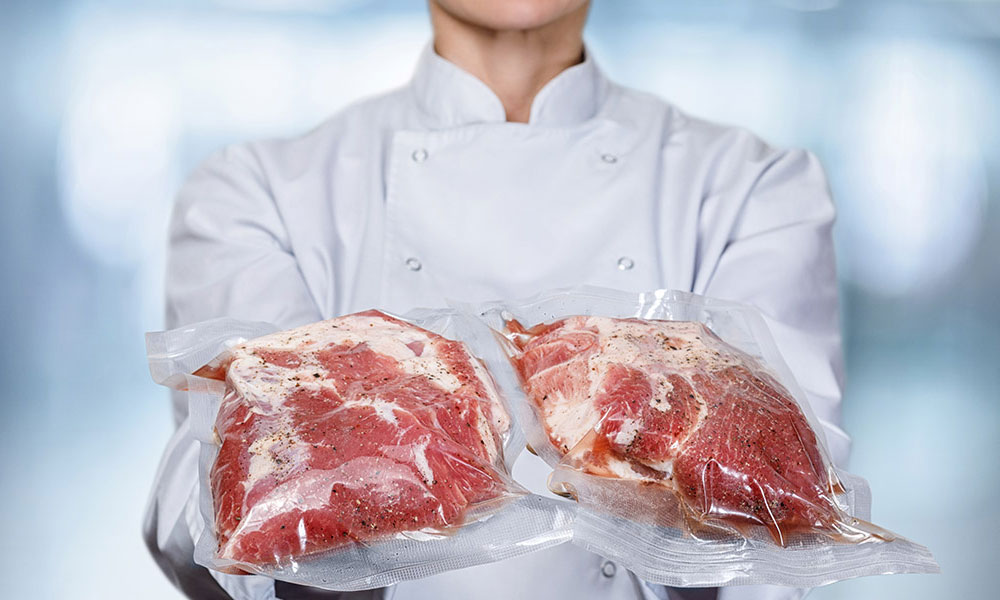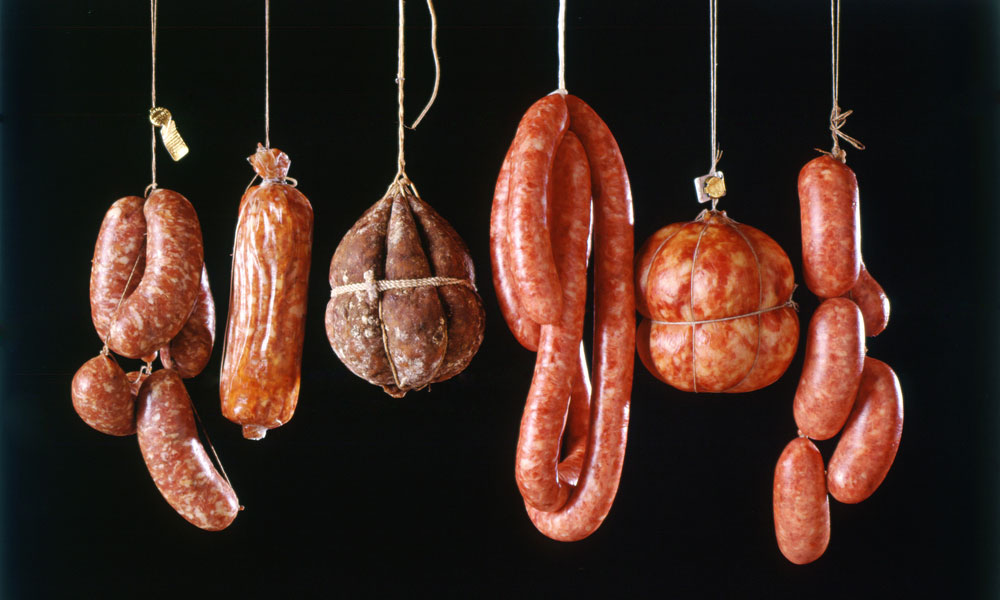Fresh & Processed Meat, Fish & Poultry
Even in its simplest form, flexible packaging has been used to wrap fresh and processed meat, fish and poultry since the invention of cling film. Formats incorporating deep semi rigid containers, over-wrapped with film became widely used as more and more consumers bought meat, poultry or fish in supermarkets and less at local butchers or fishmongers.
Fresh
Vacuum packing and skin packaging are still popular formats for much of this sector and greater use of modern laminates has greatly improved their efficacy (for example puncture resistance).
All these formats are also used extensively for poultry, although several full wrap flexible packs exist for whole birds which offer modified atmosphere solutions (thanks to the cavity) to extend shelf life considerably. In addition the branding on these packs can be very strong due to the total print possibilities.
The most significant recent advances for fresh products have been in the development of skin/ vacuum packaging which can add a considerable period to the shelf-life of proteins. The combination of vacuum and skin packs also creates a very good visual effect which is more appealing than standard vacuum packages, although these are still widely used in the seafood sector.

Processed
With the development of high speed slicing and wrapping technologies, processed meats are almost universally packed in semi-rigid trays with flexible lids or inside bags – although recent formats are now made only of flexible materials - often with reseal features. These packs usually incorporate modified atmospheres.
Several processed products, such as patés and whole salamis use flexible plastics or aluminium foil in a skin or vacuum roll formats, or as chub packs, to achieve both excellent shelf life and visual impact with easy open features.

